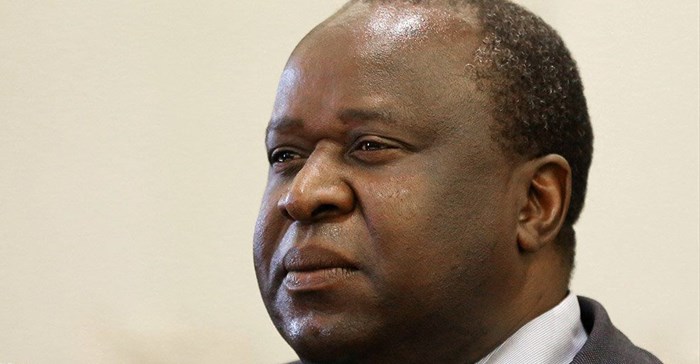#BizFinFocus: Be prepared for the Budget Speech

The Minister of Finance, Tito Mboweni addressed this in his medium-term budget policy speech in late October 2019 which gives us an indication of what is to be expected from the detailed Budget Speech this month. He also indicated that government expects only a slow recovery in GDP growth levels to 1.2%, 1.6% and 1.7% in the three years through to 2022. This is still well below what is needed to cut a national unemployment rate of nearly 30%. In fact, the last time the GDP grew in all four quarters was in 2013.
On the brighter side, the South African Reserve Bank has recently cut the repo rate by 25 basis points to 6.5%. The repo rate determines the interest rate to which the central bank lends money to commercial banks — which affects the rate at which these banks lend to their customers.
As stated by Mboweni, this should assist government in setting up a proposed infrastructure fund of R100bn over 10 years. This is part of a plan to include the private sector in the design, building and operation of projects worth about R526bn.
Questions around the future of state-owned enterprises such as Eskom and South Africa Airways is dampening the mood of investors as the focus is on whether South Africa will retain or lose its last investment-grade credit rating from Moody’s in its next review, scheduled for 27 March 2020. But amid huge bailouts for state-owned enterprises, state spending in key areas such as education and health is expected to be reduced in future.
The national debt now tops R3tn and may grow to R4.5tn by 2022/23 – or 71.3% of GDP -- far more than the estimated 60% of GDP by 2023/24.
The cost of servicing SA's growing sovereign debt has reached R204bn annually -- the fastest-growing part of the budget. Government plans to freeze or adjust downwards the state's wage bill, which at 35% of overall revenue is above the global average. Only time will tell if it is successful.
But plunging government revenue collection means the budget deficit will expand to 5.9% in the current fiscal year, averaging 6.2% over the next three years, compared with the 4.2% forecast in February.
Recently, the World Bank announced its economic forecast for South Africa to below 1% for 2020 due to electricity supply concerns. This will further impact our economic growth opportunities and as a result provide further consumer pressures.
Following the gloom of the economy and political uncertainty, the rand has continued to trend down and the JSE has remained flat.
As a professional, you should take the following tips into consideration to ensure that your insurances, personal income, investments, expenditure and tax matters are well balanced for 2020 and beyond.
- Constantly review your personal income statement to ensure your debt to income ratio is minimised and that you can accommodate any potential increases post the 2020 budget speech such as a rise in personal income tax.
- Put your personal interest relief to good use by increasing those debt payments. Treat your monthly savings as a monthly debt. Ensure your savings are number one on your list of payments. Savings will help you prepare for retirement and will help finance emergencies and living expenses should you become unemployed.














